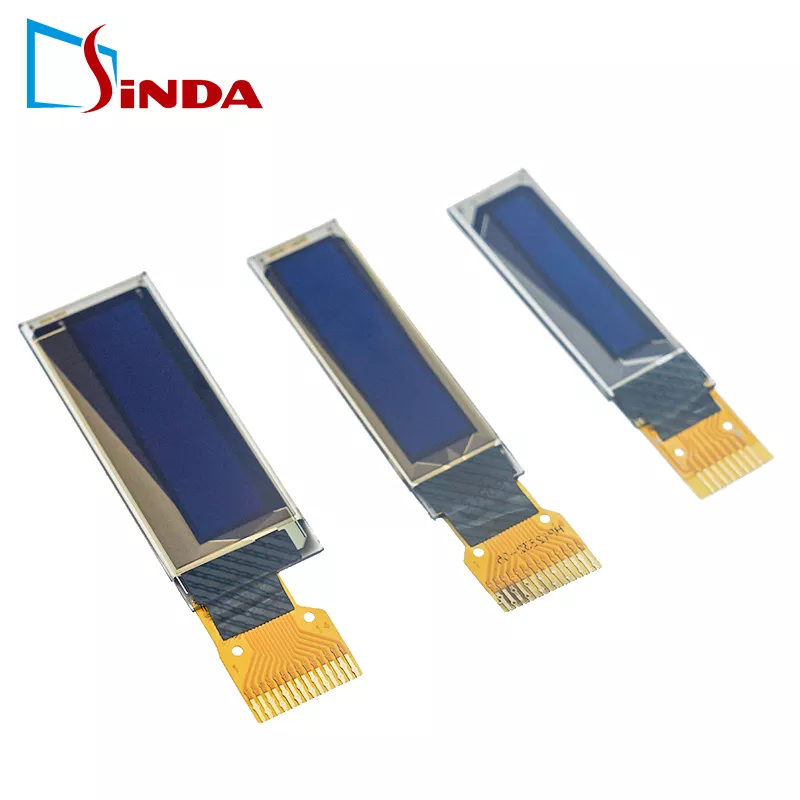What to focus on with OLED displays?
10.07.2023
Realizing the color management of OLED and LD video displays with two different display types, and carrying out accurate color restoration and color characterization are the problems faced and solved. According to the OLED video display's different contributions to the color image in the three color attributes of brightness, contrast and saturation, different processing methods should be carried out to make it achieve bright and realistic colors. So what should OLED focus on?

1. Color sequence
As far as the color gamut space of OLED is concerned, in the case of widely used cold cathode lamps (CCFL) as the backlight source, these traditional R, G, B three-primary color OLEDs can only obtain less color of the CRT under the NTSC system. The threshold value, and the display of blue-green, emerald green is not good. The color gamut of the traditional RGB sub-pixel OLED can be improved by reducing the spectral range of the color filter, but at the same time, the transmittance of the OLED panel is reduced. Thus, only colour sequential OLEDs (also known as field sequential) can achieve a wide colour gamut and high transmittance without colour filters, but in order to prevent display flicker and reduce colour separation, they must be driven by a very high frame rate, and the whole process requires the cooperation of LCD manufacturers, display manufacturers and other parties.
2. Chroma transformation
As far as the brightness of the color gamut is concerned, it is necessary to enhance the contrast and color saturation of the color image displayed by OLED to expand its color gamut range. At present, it has attracted widespread interest due to its advantages of realizing large color gamut display, high color saturation, flexible and variable display size, and no harmful electromagnetic radiation. In recent years, with the development of OLEDs with small size and increasing power, display technology has received more and more attention.
However, in order to achieve colour compatibility with the NTST colour video signal, it is necessary to carry out a chromaticity conversion to establish a chromaticity conversion relationship from NTSC to laser trichromatic, so that laser trichromatic can accurately reproduce realistic colour images. oled displays have a large colour gamut and high saturated colour compared to CRTs, so when processing the colour of OLED TVs, it is necessary to It is important to highlight its characteristics. This requires the existing NTST colour video signal colour space to be broadened to accommodate and highlight the large colour gamut and high saturated colour of the TV background.

